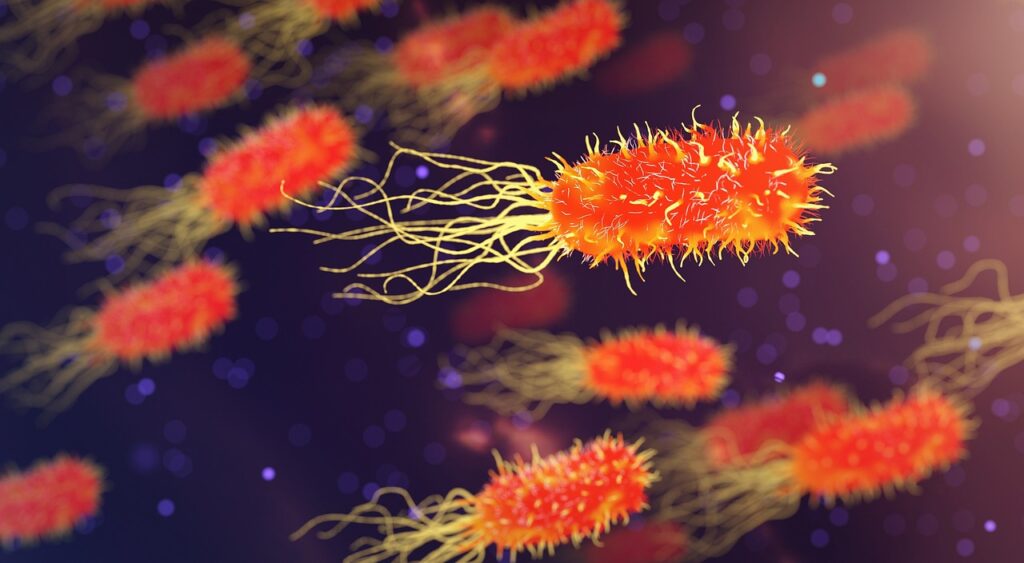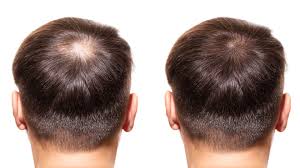The Role of Genetics in Hair Transplant success: Here we go

Hair loss can be a frustrating experience for many people, and it affects both men and women. Whether it’s thinning hair, bald spots, or receding hairlines, hair loss is a common issue that can impact self-esteem. Fortunately, hair transplants have become a popular solution for restoring lost hair. However, have you ever wondered why some people experience hair loss more quickly than others? Or why some individuals get amazing results after a hair transplant, while others don’t? The answer may lie in your genetics.
In this article, we’ll explore the role of genetics in hair transplant success. We’ll discuss how your genes influence hair loss, the connection between genetics and hair transplant results, and what you should consider before deciding to undergo a hair transplant.
What is a Hair Transplant?
A genetic hair transplant targets hair loss caused by genetic factors, such as male or female pattern baldness. This condition typically results from a combination of hormones and genetics, leading to the gradual thinning and eventual loss of hair, particularly in the crown and hairline. During a genetic hair transplant, healthy hair follicles are harvested from areas less prone to thinning, like the back or sides of the head, and transplanted to balding regions. Since the transplanted follicles retain their genetic resistance to hair loss, the results are permanent. This technique is highly effective for those experiencing hereditary hair thinning.
A hair transplant is a surgical procedure where hair follicles are moved from one part of your body to another. It is most commonly used to treat hair loss on the scalp. The hair follicles are usually taken from areas where hair is thick and healthy, like the back or sides of the head, and transplanted into areas with thinning or no hair.
There are two main types of hair transplant techniques:
- FUE (Follicular Unit Extraction) – Hair follicles are individually extracted and transplanted.
- FUT (Follicular Unit Transplantation) – A strip of scalp with hair follicles is removed and divided into smaller grafts, which are then transplanted.
Both methods are highly effective, but their success can depend on several factors, including your genetics.
Understanding Genetics and Hair Loss
Genetics play a huge role in determining how and when you lose your hair. The most common type of hair loss is androgenetic alopecia, also known as pattern baldness. It can affect both men and women and is mainly caused by genetic factors.
How Genetics Influence Hair Loss
Your hair growth cycle is controlled by your genes. Each hair follicle goes through several phases: growth, rest, and shedding. As you age, the growth phase of your hair follicles becomes shorter, and the shedding phase becomes longer. This natural process is sped up in some people due to genetics.
Genetic hair loss occurs when certain genes make your hair follicles more sensitive to a hormone called dihydrotestosterone (DHT). DHT is derived from testosterone and causes hair follicles to shrink, leading to thinner hair and eventual baldness. If you inherit these genes from your parents, you are more likely to experience hair loss at an earlier age.
The Impact of Genetics on Male and Female Pattern Baldness
Male pattern baldness (MPB) and female pattern baldness (FPB) are both influenced by genetics. While both conditions can result in thinning hair, they differ in their patterns of hair loss:
- Male Pattern Baldness (MPB): Typically starts with a receding hairline and thinning at the crown. Over time, it can progress to complete baldness.
- Female Pattern Baldness (FPB): Women usually experience more diffuse thinning across the scalp, especially at the crown and part lines, rather than complete baldness.
In both cases, genetics play a central role in determining how quickly and severely a person will experience hair loss.

The Link Between Genetics and Hair Transplant Success
Genetic hair transplant success is typically high, especially when the procedure is performed by an experienced surgeon. Since the transplanted hair follicles are taken from areas less affected by genetic hair loss, such as the back or sides of the head, they maintain their resistance to thinning. As a result, the transplanted hair grows naturally and permanently, providing long-lasting results. Success also depends on factors like the patient’s age, overall health, and adherence to aftercare instructions. With proper care, genetic hair transplants can yield natural, fuller-looking hair and significantly improve self-confidence, making it a reliable solution for hereditary hair loss.
If you’re considering a hair transplant, understanding your genetics is important. While hair transplant surgery can help restore hair, it doesn’t necessarily guarantee success for everyone. Your genetics can influence how well the procedure works and how long the transplanted hair will last.
1. Donor Area Quality
The donor area is the part of your scalp where hair follicles are taken for transplant. Typically, hair from the back and sides of the head is used because it is genetically resistant to DHT, which means it’s less likely to fall out over time. If you have a strong donor area with thick, healthy hair, your hair transplant will likely yield better results.
However, if you have poor donor hair due to genetic factors, the success of the hair transplant may be limited. For example, if your hair follicles are weak or prone to thinning, the transplant may not provide the desired result.
2. The Rate of Hair Loss
Your genetics determine how quickly you’ll experience hair loss. If you have a family history of rapid hair loss, you may continue to lose hair even after a transplant. While hair transplants can restore hair to areas where it has been lost, they cannot stop the progression of genetic hair loss. If you don’t have a stable donor area and continue to lose hair at a fast rate, the results of the transplant may be temporary.
3. Hair Type and Texture
Genetics also affect your hair’s texture, density, and curl. These factors are important when considering the outcome of a hair transplant. For example:
- Thick, straight hair tends to give better coverage after a transplant because it can cover the scalp more effectively.
- Fine, curly hair may look sparse in areas of thinning, even after a transplant, because it doesn’t create as much volume.
Understanding your natural hair type can help you manage expectations when undergoing a hair transplant.
4. Hair Follicle Growth Rate
The growth rate of your hair follicles is also genetically determined. Some people’s hair grows faster than others, which can impact the recovery and results of a hair transplant. If your hair follicles grow quickly and steadily, you’ll likely see faster results after a transplant. On the other hand, if your hair growth is slow, it may take more time to see the full results.
5. Hair Density and Coverage
If you have a dense scalp with a lot of hair follicles, a hair transplant may provide excellent results. On the other hand, if you have limited hair density, achieving full coverage may be more challenging. Genetics play a key role in determining how many hair follicles are present in your scalp, which in turn affects the final outcome of the transplant.

Genetic Testing Before a Hair Transplant
If you’re considering a hair transplant, a doctor may recommend undergoing genetic testing to assess your risk of future hair loss and determine the best approach for your procedure. These tests can help predict the likelihood of ongoing hair loss and assess whether your donor area is healthy enough for a transplant.
How Genetic Testing Can Help
Genetic testing can provide important information about your hair loss pattern, your risk of future hair loss, and the overall success of a transplant. For example:
- Predicting Future Hair Loss: Testing can reveal whether you’re genetically predisposed to rapid hair loss or if you may have a stable hairline for many years.
- Donor Area Evaluation: Testing can identify whether your donor hair is genetically resistant to DHT, ensuring that the transplant will have a strong foundation.
- Customized Treatment Plans: Based on your genetics, your doctor may recommend a combination of hair transplant and other treatments, like medications, to slow down hair loss.
Genetic testing can help you make a more informed decision about your hair restoration options.
The Importance of Consulting with a Specialist

What to Expect from a Consultation
During a consultation, your doctor will:
- Examine your scalp and hair condition.
- Discuss your family history of hair loss.
- Perform a scalp analysis to check for factors like hair follicle density and hair texture.
- Evaluate your donor area to ensure it’s strong enough for a transplant.
- Discuss your goals and expectations for the procedure. By understanding how your genetics will impact the hair transplant process, your doctor can create a customized treatment plan to help you achieve the best results.
Conclusion
Genetics play a vital role in both the cause of hair loss and the success of a hair transplant. Your genes determine factors like how quickly you’ll lose hair, the quality of your donor area, and the texture of your hair. While a hair transplant can restore lost hair, it’s important to recognize that your genetics may affect the final results.
Before undergoing a hair transplant, it’s essential to understand your unique genetic profile. Consult with a hair restoration specialist who can evaluate your condition and recommend the best course of action for your specific needs. By factoring in your genetics, you’ll be able to make informed decisions about your hair restoration journey and achieve the most natural-looking and lasting results possible.
If you’re ready to explore hair transplant options, be sure to discuss your family history, hair type, and future hair loss risks with your doctor. Genetic knowledge is a key step toward making the best choice for your hair restoration goals.
